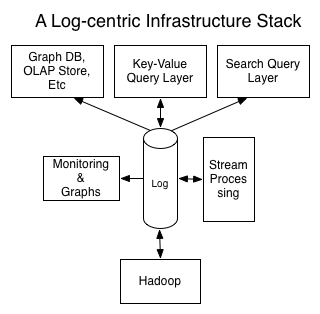Some people have put together an alternative to Wikipedia called Conservapedia. But, I won’t grace it with a link. I’d rather not let the Internet become more dangerous as a form of mind control.
The site is meant to provide explanations of world-wide phenomena in conservative terms. This brings full circle the blurring notion of truth in the Internet Era, as was described quite well by Clay Shirky in his essay, “Truth without scarcity, ethics without force.”
For example, the many-thousand word article on “Public Schools” includes a section entitled “Gender Disparity”. It explains that “Public schools as of late have seen girls’ scores soar above boys’ because schools have been geared toward the needs of girls”. It goes on:
Schools seek to emasculate boys by preventing healthy roughhousing and having psychologists put boys on drugs such as Ritalin. Then boys often come to hate school because radical feminists seek to prevent men from being men and forcing males to go through counseling to “discuss their feelings” and other liberal hogwash treating all students as if they were female. Colleges, because of this trend, see a trend of 60/40 female to male ratio because of feminist drivel such as romance novels in literature and ineffective therapy and attempts to push feminine traits on boys and young men making them frustrated and fed up with the system unless they agree to the school’s desire to become effeminate.
Now, certainly, there are valid conservative arguments against public schools. You don’t have to look far to find them. You might feel that a public school is a poor use of taxpayer dollars, is a violation of parental child-rearing rights, or is a form of mass indoctrination.
But, a feminist conspiracy?

